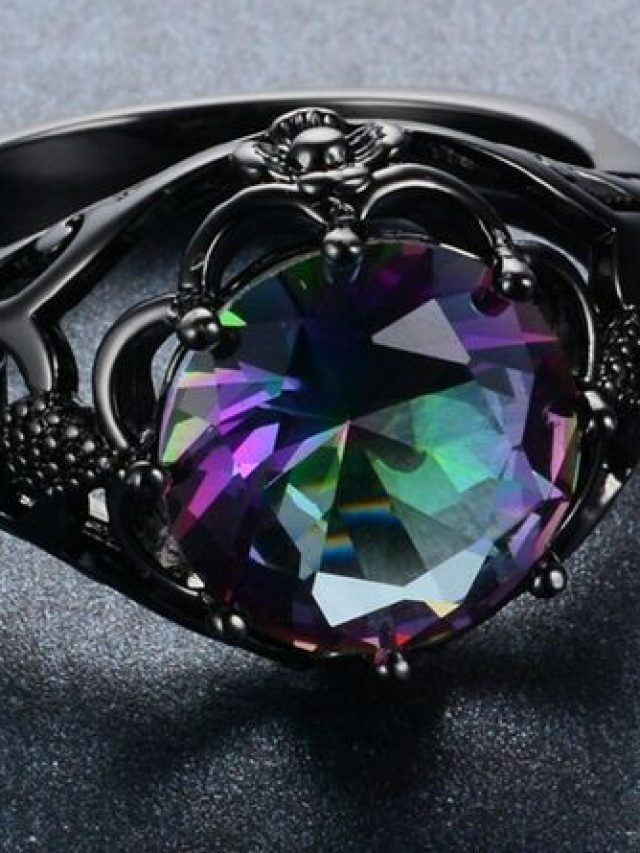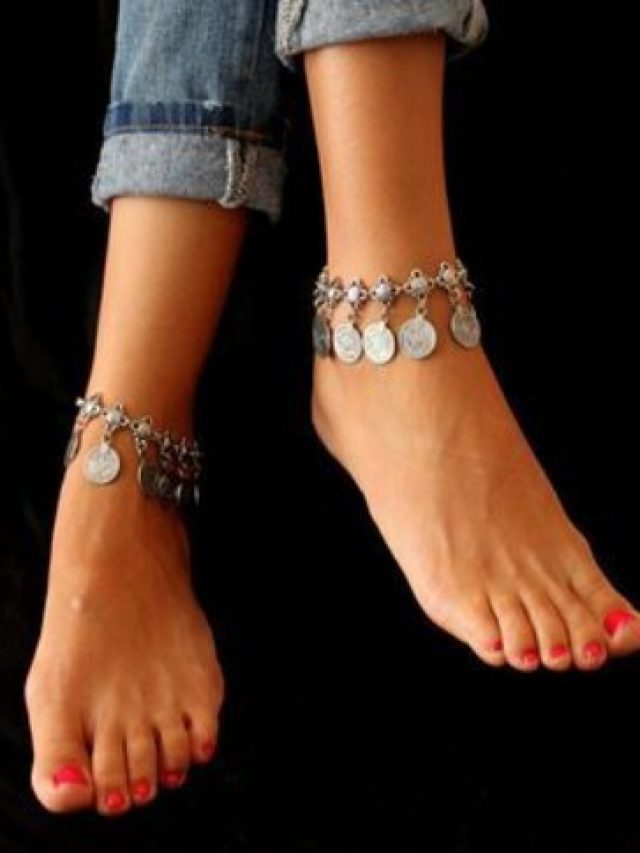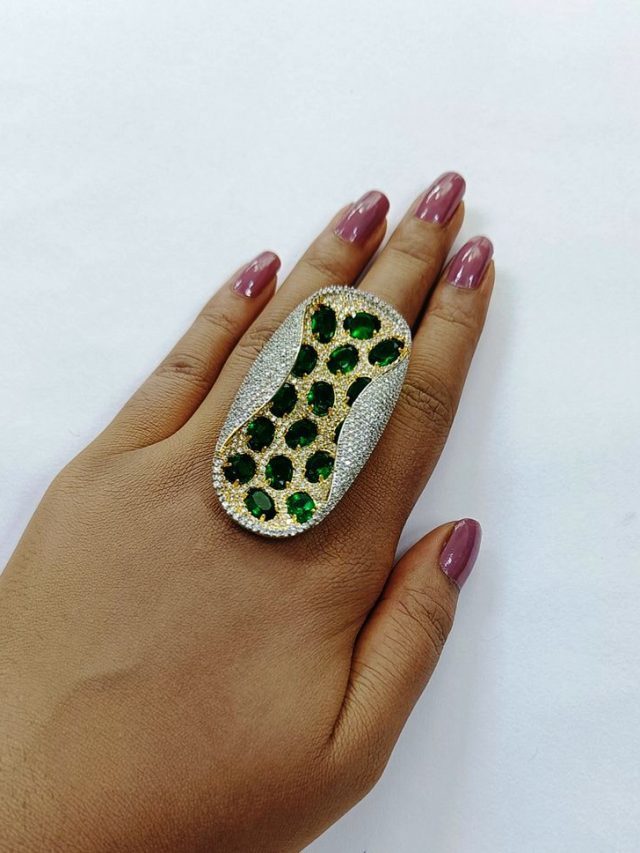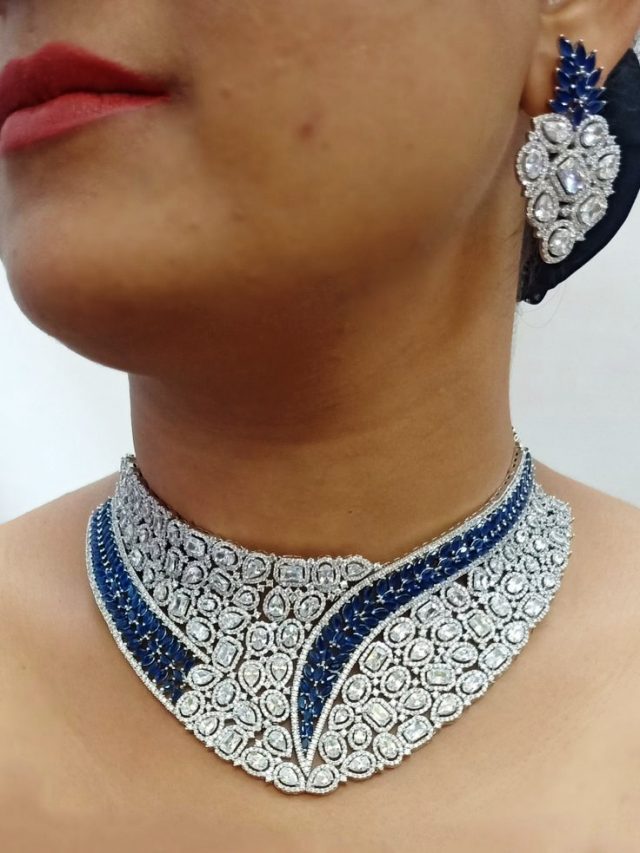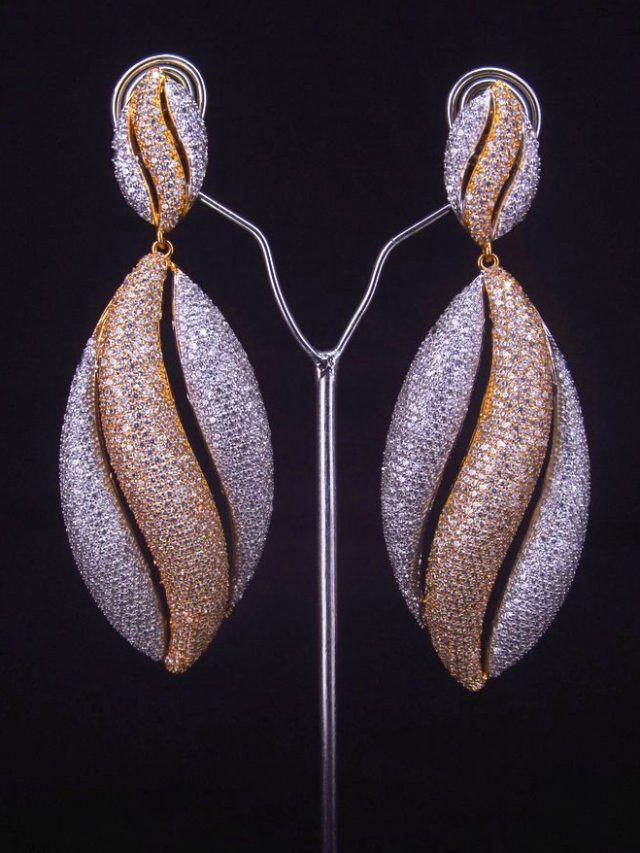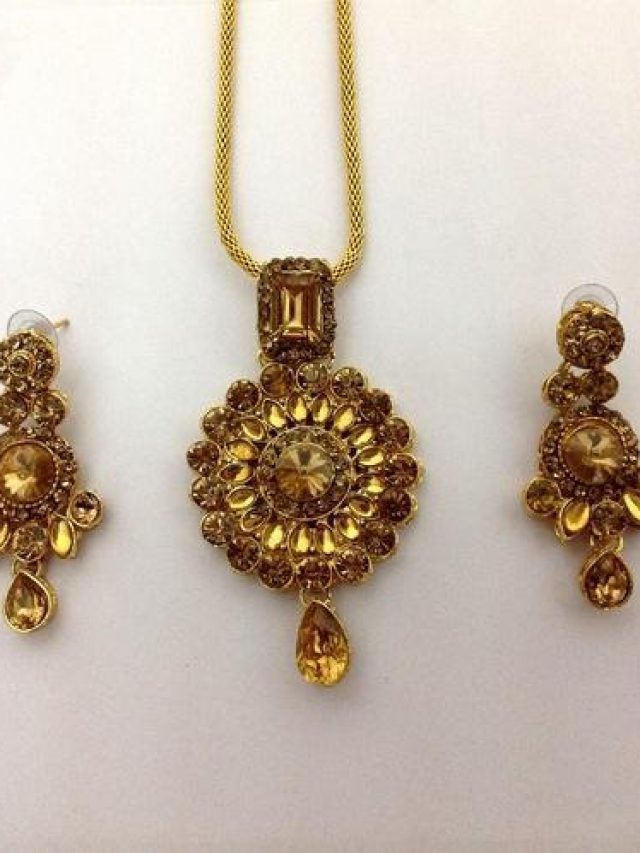
Advances are constantly made in the world of jewellery manufacturing, redefining what can be achieved by designers. SAMUEL ORD investigates the next major frontier for the pioneers of casting and refining.
With steady improvements being made to manufacturing capabilities with each passing year, casting and refining experts are marching towards a world where jewellery creators will only be limited by the strength of their imaginations.
With the costs associated with owning a 3D printer, either commercially or privately, plummeting the only question is –
what hurdles remain in the way?
The process of casting and refining will always be limited by the laws of physics however with the rise of 3D printing paired with advances in artificial intelligence, the efficient use of resources is consistently on the rise as experts are able to do more with less – quicker!
The Australian jewellery industry is particularly spoiled for choice when it comes to casting and refining services, with 3D printing is well and truly ingrained in the local jewellery manufacturing industry and it’s only going to grow further in the near future.
Spearheaded by production manager Ben Farago, Rapid Prototyping Services is one such source for local 3D printing services – based in Alexandria (NSW) the business focuses on bring pairing efficency and quality with every production.
Rapid Casting operates a suite of high precision MJM (Multi-Jet Modelling) 3D printers. The print-head deposits droplets of object material and support wax onto a build plate.
The droplets are placed where they need to be to form a layer of the model. After the layer is formed the print-head rises a small amount and prints the next layer. The completed model is then placed in a solvent to remove the wax, leaving the finished object.
Rapid Casting has two resident jewellers in-house who verify part resolution prior to casting or dispatch ensuring you receive the absolute best quality possible. The advantage of this approach is that it allows extremely high resolution and unrestricted geometries.
From a design perspective, the rapid rise of 3D printing has without a doubt brought about the biggest change to the casting and refining industry – and the evolution isn’t finished yet.
Four problems
Jörg Bromberger, a manufacturing expert at McKinsey & Company, told the New York Times that despite coming into prominence in the 1980s, 3D printing is only now finding it’s feet – and the best is yet to come.
“It is now a technology that is beginning to deliver industrial-grade product quality and printing in volume,” he said. He was the lead author of a recent report by the consulting firm titled The Mainstreaming of Additive Manufacturing.
“After decades as a bit player, additive manufacturing is on the cusp of stardom,” he says.
“Faster machines, better materials, and smarter software are helping to make AM a realistic solution for many real-world production applications.
“As the technical barriers fall, the onus is on manufacturers to improve their understanding of these rapidly evolving technologies, building the skills, processes, and business models needed to make additive manufacturing shine in the industrial world.”
According to Bromberger’s latest report on additive manufacturing, the next step forward for Australian manufacturers will be conquering four key challenges.
• Hardware: Advances in machine capability are required to improve on slow speeds and limitations to build volume and need to be better integrated into production workflows.
Taking an industrial production cell as an example, these machines often require the user to combine manufacturing, post-processing, and material-handling equipment from different vendors, instead of a unified source. This requires cross-training which further complicates manufacturing.
• Software: 3D printing software is susceptible to the same issues as the hardware.
“Additive manufacturing equipment often relies on vendor-specific control software, with limited integration between different machines or with the equipment and production-control systems used in the wider plant,” the report states.
“The technology and know-how necessary to achieve consistent quality and stable productivity is hard to come by.”
• Materials: Another major concern for businesses utilising 3D printing is the cost of crucial engineering materials, with common engineering materials becoming more expensive when supplied in a format suitable for processing.
Polymers must be developed for additive manufacturing machines, a time-consuming and complex process. The additional processing required to convert metal alloys into a powder form suitable for additive manufacturing machines adds significantly to their cost.
• Services: The fourth hurdle identified in the report is an improvement in technical support from machinery manufacturers.
“Users would like more help refining component designs to suit specific manufacturing processes, for example, or finding ways to improve the quality, reliability, and productivity of machines once production commences.”
Of the four challenges facing the 3D printing sector, this appears to be the easiest to resolve, as it is based on interpersonal relationships rather a lack of access to materials, or as of yet inescapable shortfalls in capability.
The future
The Pallion Group is the largest precious metals services group in Australasia with manufacturing facilities located in Melbourne, Sydney, Hong Kong and Shenzen.
Since the 1950s, Palloys – one of six entities which forms the Pallion Group – has expanded into jewellery casting, custom jewellery production and CAD/CAM services.
Earlier this year, Palloys operations manager Chris Botha told Jeweller that he believes the rise of manufacturing capabilities will lead to jewellery reverting to its roots as a bespoke practice.
“I am starting to see more of a boutique industry for CAD/CAM in the coming years,” he says.
“Previously, the industry demanded workshops of hundreds of people, whereas now some workshops only require a single person, with their own printer and doing their own work.
“Even if just for prototyping, the CAD/CAM industry is becoming a more accessible industry.
“The CAD software industry is moving towards a future where consumers have greater control and autonomy. With the constant technological evolution, now there are many more user-friendly, lower-cost options available for users in terms of 3D Printers.”
It’s a romantic notion that sees casting come ‘full circle’ via technological advance.
Casting practices began thousands of years on a micro level – as evidenced by the examples such as the frog in Mesopotamia in 3200BC.
From there, casting practices played a crucial role in the rise of dominant civilisations in places such as Egypt and China, before even more untapped potential was unlocked by the Catholic Church in Europe.
Melting and mold-making processes were used in the construction of churches and cathedrals across Europe and due to the high demand for said construction, major advances were made in foundry technology. As a sacred place of worship, increasingly intricate designs for these buildings were demanded of designers and builders.
While the technology behind manufacturing continued to improve the significant costs associated limied production to only the most well resourced.
Now, thanks to the proliferation of practices such as 3D printing, casting has the chance to return to the micro level where it began – with small scale creators able to manufacture jewellery.
Environmental refining
Located in Sydney, ABC Refinery is a part of the Pallion Group – provide the region precious metal refining, assaying, ingot bar casting and minting service to both primary and secondary precious metal industries.
Like all businesses, ABC Refinery aims to provide customers with a maximised financial return and speed of out-turn, however, in recent years a new focus has emerged – environmental consciousness.
Pallion publishes its Considerate Precious Metals Sustainability Report each year, detailing the company’s moves to meet responsibility and sustainability targets.
ABC Refinery’s global head of institutional markets Nick Frappell recently discussed the importance “To be a truly trusted partner for gold miners as well as investors, traders and consumers, it’s more than just about being accredited,” Frappell tells the Gold Mining Journal.
“The commitment to technical excellence and responsibility has to come from within and to my mind, that is the cornerstone reason why we are seen as stable and trustworthy.
“While the refining part of the gold mining process may have historically been seen as a purely service-related offering at end of the value chain, ABC Refinery and the broader Pallion group have shown how refiners can work with their mining clients for mutual economic, environmental and social benefit.”
One of the latest initiatives at ABC Refinery has been the creation of a provenance platform that will record the ‘fingerprint’ of precious metals products to enable traceability, as well as protection from interference. ABC Refinery partnered with software company Blockhead Technologies to create this platform.
“Complementing that responsible sourcing and environmental commitment are ABC Refinery’s developments in the electronic tracing of metal inputs in-line with an emphasis from consumers on responsible sourcing and supply chain integrity,” Frappell explains.
“ABC Refinery has partnered with software company Blockhead Technologies to create a technology platform that enables precious metal traceability and tampering detection called PROVCHECK Security Bar Technology.
“[The program] utilises the unique fingerprint of precious metal products to record the environmental supply chain credentials of specific items of bullion produced by ABC Refinery which can be verified by consumers utilising a free to download iOS or Android mobile application.”
Dropping costs
The rise of 3D printing has brought about dramatic change to the casting and refining industry.
These advances are on display at Chemgold where gold, silver, palladium, and platinum alloys are cast five days a week.
Chemgold’s staff of precious metal specialists and engineers use advanced technology to achieve products of the highest quality.
Chemgold director Darren Sher explains that the business guarantees the smoothest surface finish possible on 3D printers and ensures jewellers that designs will be printed and cast in up to two working days for standard-size designs from the time a CAD file is received.
“In fairly simple terms with respect to CAD/CAM; customers have a choice of either ‘printed’ wax or ‘grown’ resin,” he tells Jeweller.
“Printed wax has less support sprues but not as smooth as resin. Resin has more support sprues but is smoother. The support sprues are needed to grow the piece. Some designs require more support than others.
“When suitable the Chemgold team aims to provide resin, but in some instances, it may not be the best solution if the type of design requires more support than usual.
“These are important points which we are looking to provide further education to clients to achieve the best result for casting custom designs from CAD/CAM.”
It’s a level of a turnaround in manufacturing that jewellers could once only dream of.
Over the past decade, the costs associated with 3D printing have plummeted, dramatically widening the field of contributors to the trade and as a result, opening the door to further innovation.
In 2014, the average price of a consumer-grade 3D printer was approximately $US1000. Within two years that price had dropped to just $US400.
At the same time, the average price of an industrial 3D printer dropped from $US25,000 in 2015, to between $US10,000 and $US5,000 today.
Today, experts say, the potential is far broader than a relative handful of niche products.
The 3D printing market is expected to triple to nearly $US45 billion worldwide by 2026, according to a report by Hubs, a marketplace for manufacturing services.
Based in Adelaide, BECKS is one Australian-owned company hoping to play a role in the continued rise of the casting industry in the years to come.
A leading precious metals company, 2022 has been a year of dramatic change for the organisation, undergoing a name change (formerly the Peter W Beck Company) under a new leadership team led by managing director Greville Ingham.
BECKS offered a rapid wax printing and casting service capable of completing production runs of dramatically varying volume – one model or 1000, it’s achievable.
“Strategically we felt that we really needed to show the industry that we’re still going to be around and that the business will be moving forward,” Ingham tells Jeweller.
“We underwent a rebrand which was a great way to get the word out right across the jewellery industry in Australia and say that we’re not going anywhere.
“We want to be viewed as a progressive player in the industry with a lot of renewed vigour.
“It’s something very important in this industry, things can change very quickly and you need to constantly demonstrate that you’re contemporary.
“Thankfully, we’ve got a lot of young and enthustiastic faces working right across the many facets of our business that will keep us in touch with the cutting edge.”
Who dares wins
Take Pure Casting as an example – based in Sydney the business casts daily, offering a wide range of different metals including gold, silver, platinum, brass and bronze. They also cast a wide range of base metals.
Pure Casting operates under a simple logo which encapsulates much of the local casting and refining scene – “if the flask fits, we can probably cast it!”
It’s the type of attitude which has epitomised the 7000-year long relationship humans have had with the casting and refining process.
Antropologists believe casting processes date back to as far as 3200BC – with the oldest known example being a copper frog, created using casting techniques, discovered in present-day Iraq believed to have originated from Mesopotamia. Just as casting practices have evolved over time, so have the companies that perform them.
From humble beginning nearly 100 years ago, Morris and Watson has expanded its operations to three countries – Australia, New Zealand and Thailand – while remaining a family-run business.
Morris and Watson offers precious metal refining, gold and silver bullion services and has decades of experience working with casting technology – including state of the art 3D wax printers.
Despite there being a number of hurdles still to be leapt, Bromberger says success in the casting business in the future will simply be a matter of ‘who dares, wins’.
“Ambitious manufacturers need not wait for the additive manufacturing industry to do all the work,” he explains.
“Despite the limitations, some industrial users have made significant progress in direct production using additive manufacturing, developing knowledge and capabilities along the way that will serve them well as the industry evolves.
“An organisation with additive manufacturing capabilities can also start to rethink its business model and identify additional sources of competitive advantage.
“Can it apply additive manufacturing technologies to enable the late-stage customization of products, for example, or create limited-run series for certain user groups? Could it use additive manufacturing as a bridge between prototypes and full-scale production, allowing new products to be beta tested by a select group of customers?”
While casting and refining practices will always be limited by the laws of physics and intangibles such as the availability of materials, the use of human imagination associated with the practice – particularly when it comes to the creation of products such as jewellery, that are so intricately connected to powerful emotions – will continue to drive innovation long into the future.














